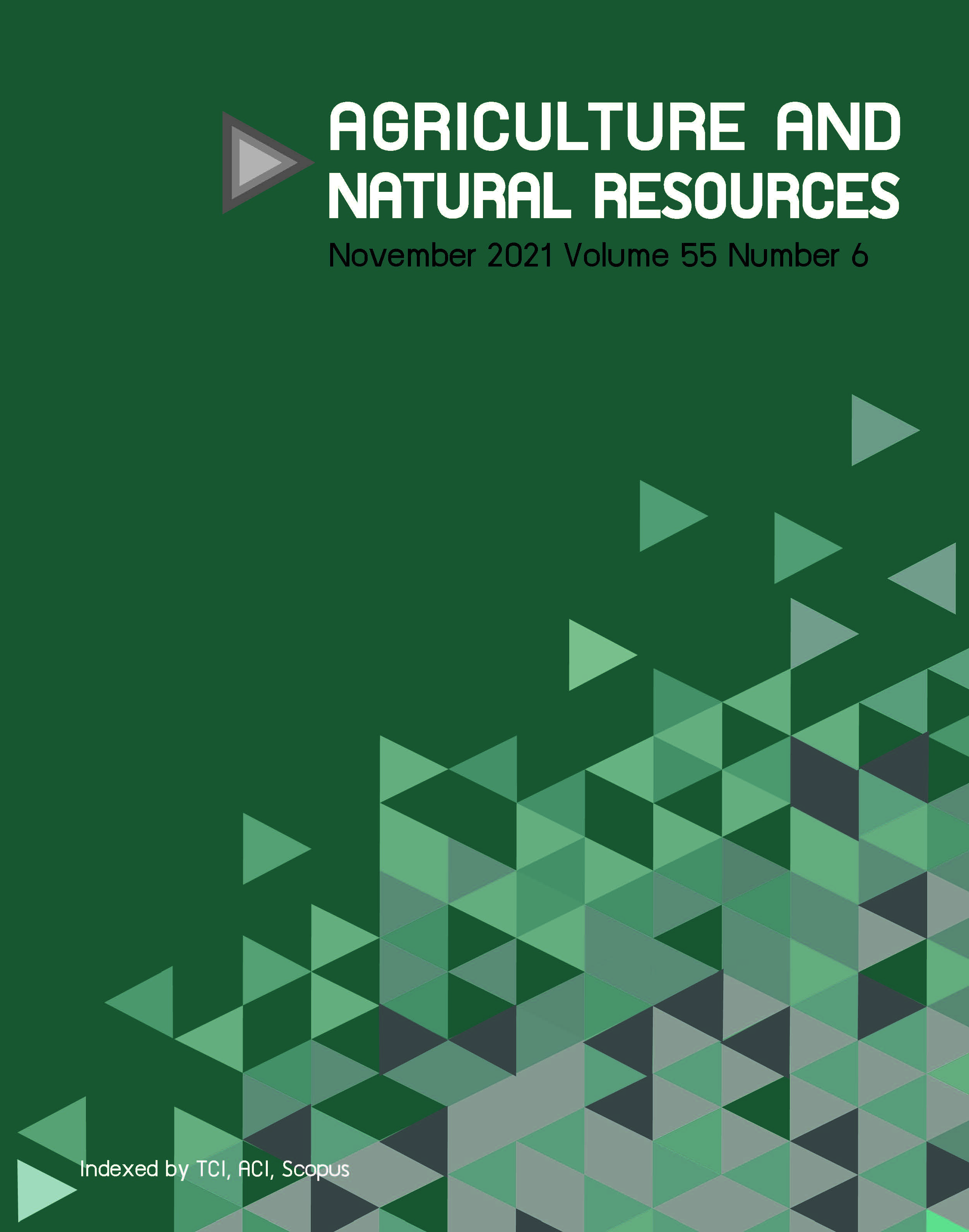Prediction using artificial neural networks of edgewise compression strength of corrugated fiberboards
Keywords:
Artificial neural network, Corrugated fiberboard, Edgewise compression strength, Predictive modelsAbstract
Corrugated boxes are the most important type of distribution packaging made from natural resources. Optimization of the fiber used versus the strength requirement is necessary. This research compared a regression model, a backpropagation neural network (BPN) model and a radial basis function network (RBFN) model with traditional models, namely, the Whitsitt model and the Markström model, in predicting the edgewise compression strength (ECT) of corrugated fiberboard from related design factors. Three types of modeling patterns were studied: a model for single wall board, a model for double wall board and a model for both single and double wall boards. The results indicated that the predictive models for both the single and double wall boards were comparable to the other two in terms of prediction accuracy and were within an acceptable industrial error range. The 16-12-1 BPN model and the polynomial regression model were the two best choices for predicting the ECT of both single and double wall boards together in one model. The BPN model had a mean absolute percentage error (MAPE) of 4.23%, while the polynomial regression model had a MAPE of 5.14%. In addition, both models identified the most influential design factors affecting ECT: the basis weight of paper for the inner, middle and outer liners; the basis weight of the corrugated medium for the flute connected to the outer liner; the edge length of the corrugated board; and the height of the flute connected to the inner liner.
Downloads
Published
How to Cite
Issue
Section
License
Copyright (c) 2021 Kasetsart Universityonline 2452-316X print 2468-1458/Copyright © 2022. This is an open access article under the CC BY-NC-ND license (http://creativecommons.org/licenses/by-nc-nd/4.0/),
production and hosting by Kasetsart University of Research and Development Institute on behalf of Kasetsart University.







